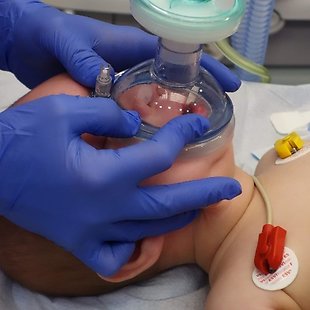Anaesthesia of patient with orofacial cleft
Cleft defects are the most common congenital malformations. The initial discovery is already possible with prenatal screening examination, and its finding is not an indication to terminate the pregnancy. Nowadays, the treatment possibilities allow us to unsure little-to-no handicap in adulthood. Surgical treatment and anaesthesiological approach for these defects have their own specifics. This algorithm will apprise the solver with course of treatment, will navigate the solver through perioperative management of each of the reconstructive procedures and will acquaint them with multidisciplinary approach.
Review
As we can observe the growth in numbers of children with this particular congenital malformation, the chosen subject is highly actual. This algorithm is well managed and is based on the daily practice. By following its steps, it is possible to overcome the most common mistakes when treating such patients. If we will adhere to the algorithm, we will also ensure effective treatment for patients. Individual steps are put very clearly, they explain the correct therapeutical approach. We can also learn why some of the historically and sometimes even nowadays used steps are incorrect and what risks they bear. Overall, I rate this algorithm positively, as it brings up to date informations. There is a need to combine medical point of view with all the specifics that children bring and also to not forget about parents and put them in the equation. This complex point of view can be found in this algorithm. It absolutely can be used in the education of not only health care workers, but also lay people who are interested in this specific topic.
Sources
PARDO, JR., Manuel a Ronald D. MILLER. Basics of anesthesia. Seventh edition. Canada: Elsevier, 2018. ISBN 978-0-323-40115-9.





